Leadership Theories
Explore key leadership theories for effective school and business management, and their practical impact on becoming a successful leader.


Explore key leadership theories for effective school and business management, and their practical impact on becoming a successful leader.
The exploration of leadership theories offers a map to navigate the complex terrain of human behavior and organizational dynamics. For school leaders and business managers alike, a deeper understanding of these theories isn't just academic, it's a practical toolkit for everyday excellence. This article will serve as a guide, outlining various leadership theories and demonstrating their relevance to those at the helm of educational and corporate ships.
We'll embark on a journey through the traditional and contemporary schools of thought, from the inherent qualities of strong leaders as suggested by trait theories to the adaptable strategies of contingency theory. We'll delve into behavioral leadership theory, revealing how the actions of leaders can shape and steer the course of a team. Additionally, we'll dissect transactional leadership theory to understand the give-and-take dynamics that drive many management styles.
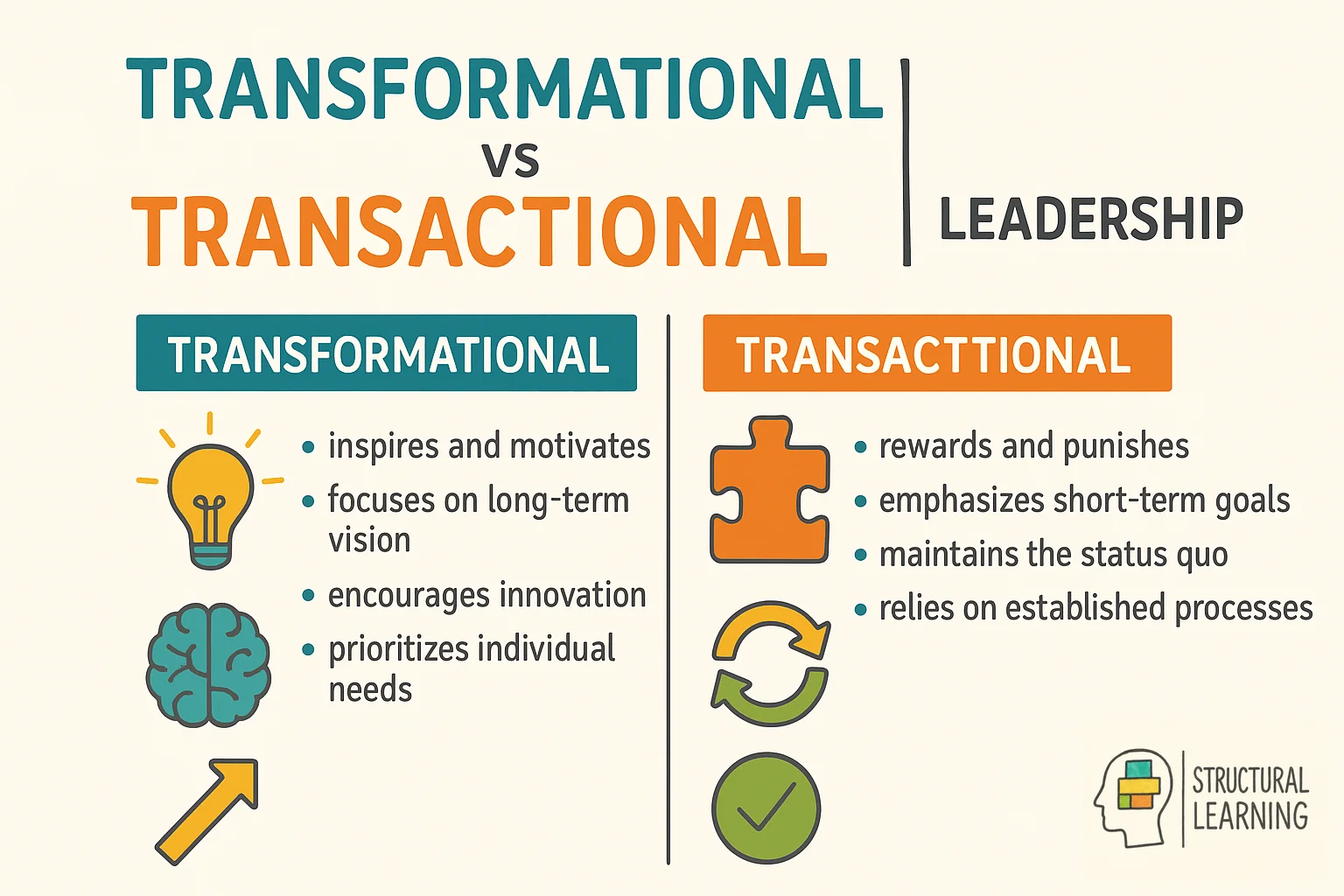
In the context of a school or business, understanding these theories is pivotal. An effective leader isn't just a title holder but a force that transforms visions into reality, especially in difficult or ambiguous situations. As we parse through each theory of leadership, we'll bridge the gap between the theoretical underpinnings and their practical applications, offering a balanced approach to leadership that resonates with both people-oriented leaders and goal-driven managers.
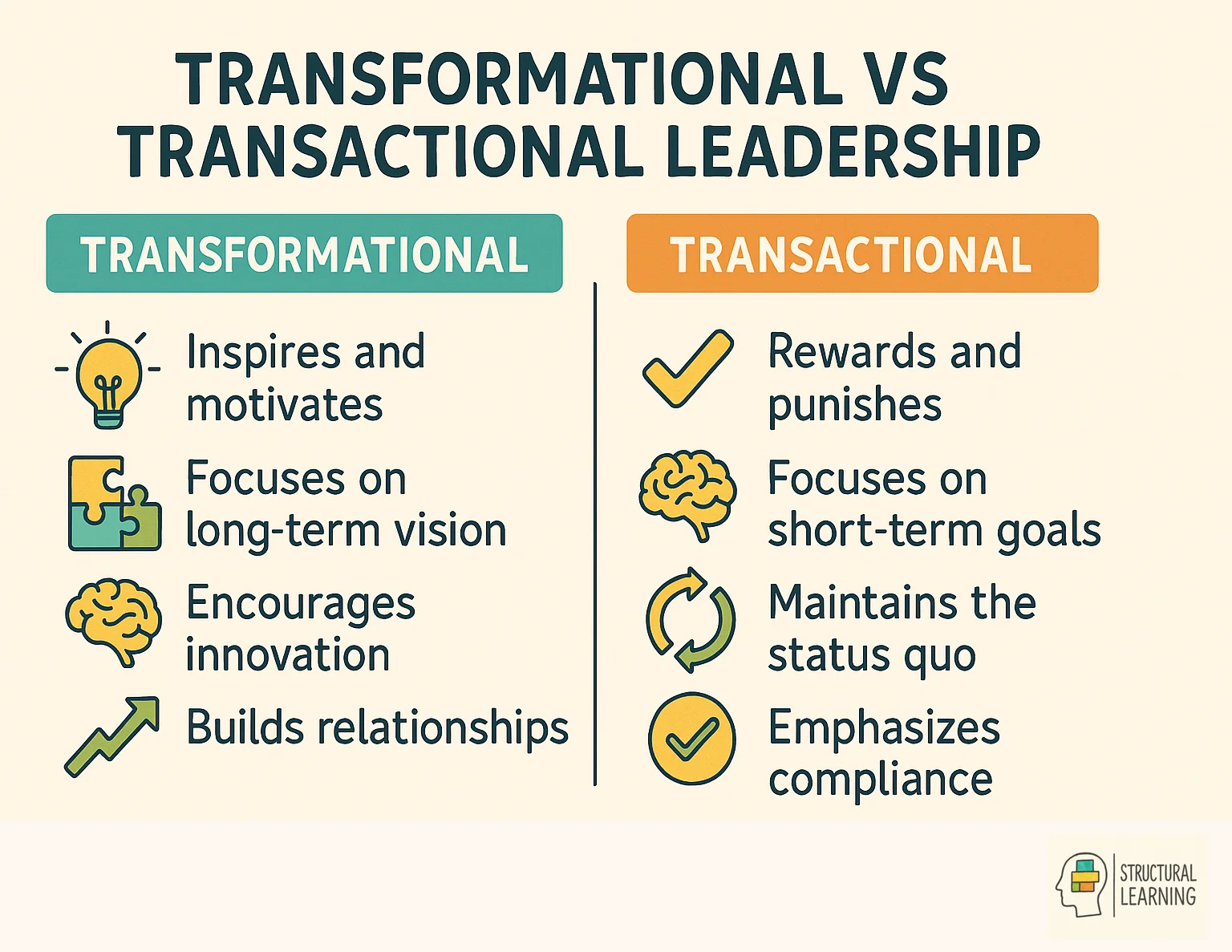
At the end of this article, you will have:
Transformational leadership can inspire change and innovation within an organization by emphasizing a compelling vision, providing inspiration, and intellectually stimulating their team members. By articulating a clear and cohesive vision, transformational leaders align their team members towards a common goal, encouraging them to think creatively and embrace new ideas.
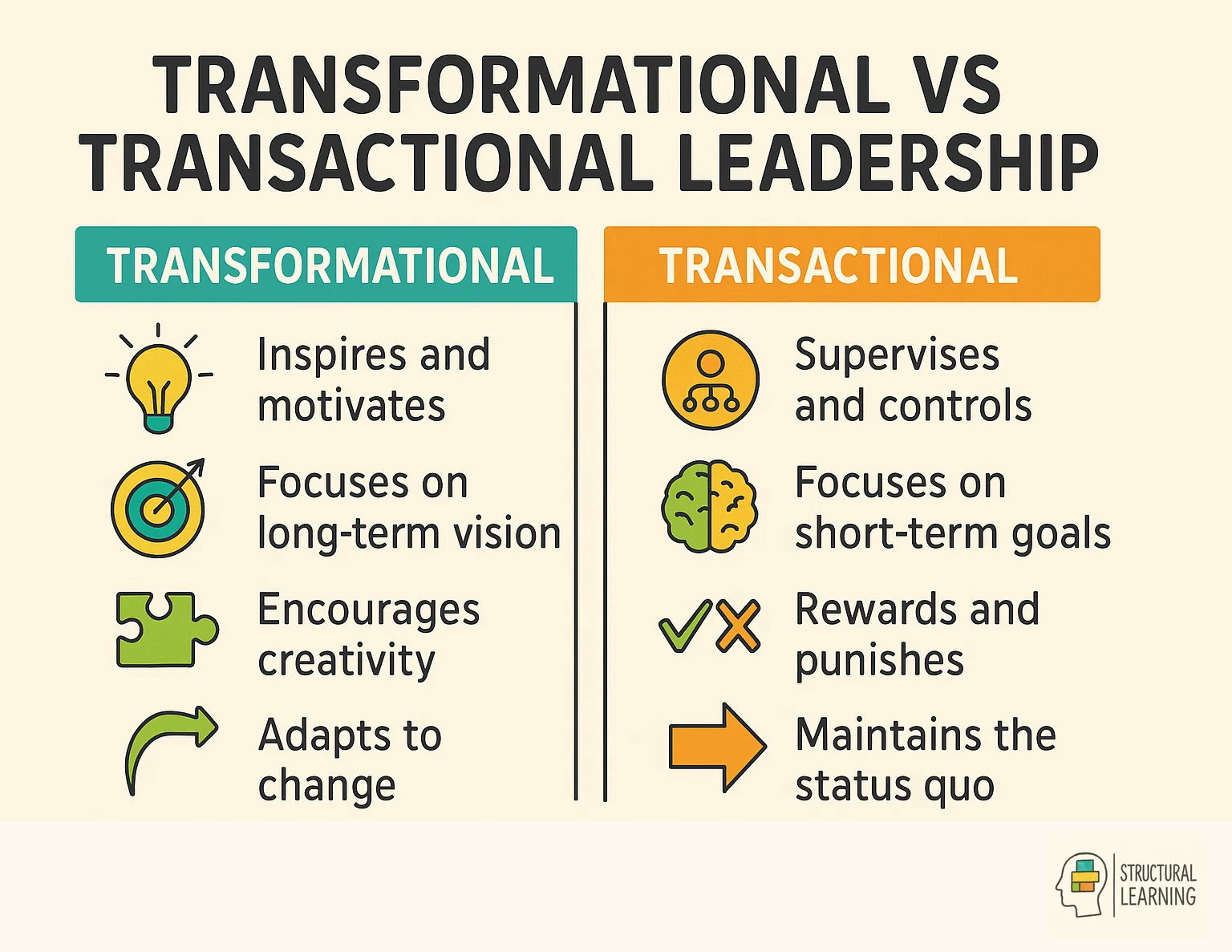
Additionally, they inspire and motivate their team through their passion, enthusiasm, and positive attitude, which fosters a culture of innovation and continuous improvement. Finally, they challenge their team members to think critically and creatively, nurturing their intellectual stimulation and personal growth.
One notable example of a successful transformational leader is Steve Jobs, who revolutionized the technology industry with his visionary leadership at Apple. Jobs' unwavering commitment to innovation and his ability to inspire his team members resulted in groundbreaking products such as the iPhone and iPad, transforming the way we interact with technology.
Transformational leadership differs from other styles such as transactional or autocratic leadership by prioritizing vision, inspiration, and intellectual stimulation over reward or punishment. Its potential benefits include driving organizational change, fostering a culture of innovation, and maximizing the potential of team members through empowerment and motivation.
Transactional leadership is characterized by its emphasis on clear structure, efficient operations, and performance-based rewards. This leadership style promotes adherence to established procedures and guidelines, ensuring that tasks are completed efficiently and effectively. Transactional leaders establish clear goals and expectations, and they provide guidance and direction to their team members to ensure that these goals are met.
The emphasis on reward in transactional leadership is evident through the use of contingent rewards, where employees are rewarded for meeting specific performance standards. This incentivizes employees to work towards achieving set goals and targets, thereby improving organizational effectiveness. The use of rewards also encourages employees to be accountable for their performance and to strive for continuous improvement.
The focus on efficiency is a key component of transactional leadership, as leaders prioritize meeting targets and deadlines in a timely and organized manner. This ensures that organizational operations run smoothly and effectively, ultimately contributing to the overall success of the organization.
In summary, transactional leadership promotes adherence to established procedures and performance-based rewards, while also improving organizational effectiveness through its emphasis on structure, reward, and efficiency.

Servant leadership is a leadership style that prioritizes the needs and well-being of others. Key principles of servant leadership include putting the needs of others first, fostering the personal and professional growth of those under their leadership, and serving as a mentor and supporter. Servant leaders focus on empowering their team members and providing them with the resources and support they need to succeed.
In creating a positive and productive work environment, a servant leader fosters open communication, trust, and collaboration among team members. They actively listen to their team, empathize with their struggles, and work to remove any obstacles that may hinder their success. This leadership style differs from traditional methods in that it emphasizes the personal development and success of others over the pursuit of power and individual success.
By focusing on the well-being and growth of their team members, servant leaders create a more motivated, engaged, and productive work environment. They build strong, supportive, and loyal teams that are committed to achieving collective success. Ultimately, servant leadership is about leading by example and embodying humility, empathy, and a genuine concern for the well-being of others.
Situational leadership is a leadership theory that emphasizes the need for leaders to adapt their style to the needs of their team. This means that leaders should not have a one-size-fits-all approach, but instead, they should assess the development level of their team and the task at hand in order to determine the most effective leadership style.
For example, when a team is at a beginner level in a specific task, a leader may need to adopt a more directive style, providing clear instructions and closely supervising the team. As the team becomes more experienced and skilled in the task, the leader can transition to a more participative style, involving the team members in decision-making and problem-solving.
In contrast, when a team is highly experienced and capable, the leader can take on a more delegative style, giving the team members autonomy and trusting them to make decisions independently.
By recognizing the development level of their team and the requirements of the task, leaders can adjust their leadership style to provide the necessary support and guidance, ultimately leading to improved team performance.

Authentic leaders build trust and inspire followers through their transparency and ethical behavior. They create a work environment where employees feel respected, listened to, and valued. This foundation of authentic leadership is rooted in the leader's personal development and life story. By being true to themselves and sharing their experiences, authentic leaders foster genuine connections with their followers, building trust and loyalty.
Furthermore, authentic leaders activate transformational leadership by demonstrating a strong moral compass and a clear vision for the future. Their ability to inspire and motivate others stems from their genuine commitment to ethical behavior and their ability to communicate openly and honestly. This creates a sense of purpose and direction within the organization, driving positive change and growth.
In conclusion, authentic leadership is characterized by transparency, ethical behavior, and a commitment to personal development. This approach fosters trust, inspires followers, and creates a work environment where employees feel respected, listened to, and valued.
Charismatic leadership is a leadership style in which a leader utilizes their personal appeal and charm to influence and inspire others. Charismatic leaders often possess traits such as confidence, sociability, and initiative, which draw others to them and make them appear as strong and capable individuals.
This leadership style impacts the work environment by creating a sense of excitement and energy among employees. Charismatic leaders are often able to articulate a clear vision and inspire others to work towards common goals. They also tend to foster a positive and motivating work environment through their infectious enthusiasm and passion for their work.
Employee motivation is also significantly impacted by charismatic leadership, as employees are often inspired to perform at their best by the charismatic leader's ability to connect with them on a personal level and make them feel valued and important. The traits associated with charismatic leadership, such as confidence and sociability, also help in building strong and trusting relationships with employees, encouraging a sense of loyalty and dedication to the organization.
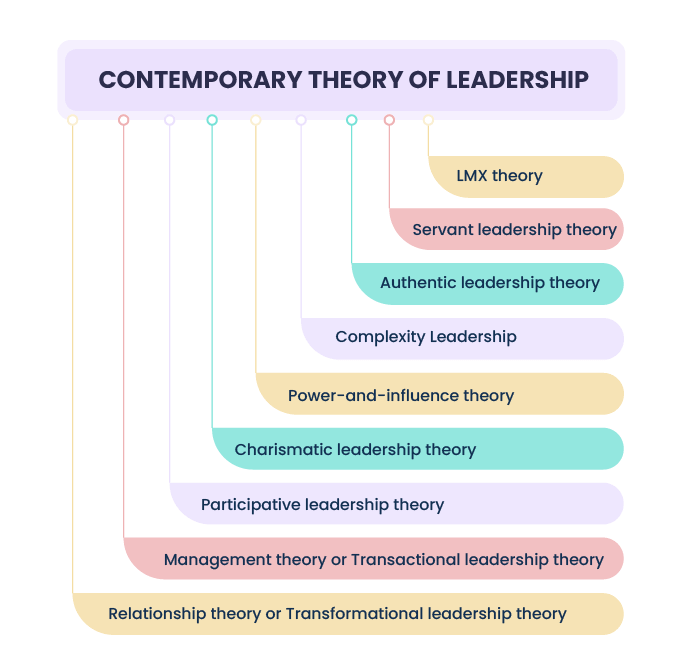
Participative Leadership Theory emphasizes the importance of team input in decision-making. In this approach, leaders involve team members in the decision-making process to gather diverse perspectives and promote collective involvement. Leaders facilitate discussions by creating a supportive and inclusive environment where team members feel comfortable sharing their ideas and opinions. This open communication allows leaders to gather input from the team, considering all viewpoints before making a decision.
The decision-making process of participative leaders typically involves several steps. Firstly, leaders define the problem or decision at hand and involve the team in brainstorming potential solutions. Then, leaders gather input from team members through group discussions, meetings, or surveys to gain a comprehensive understanding of the issue. After evaluating the input received, leaders make the final decision based on the collective involvement of the team.
This approach fosters a collaborative environment, promotes creativity, increases team satisfaction, and ultimately leads to more effective and supported decisions. In summary, participative leaders recognize the value of team input in decision-making and actively involve their team throughout the process.
Emotional intelligence, often considered an underrated leadership skill, refers to the ability to recognize and understand one's own emotions and the emotions of others. Effective leadership requires more than just technical expertise; it also demands strong emotional intelligence.
Leaders with high emotional intelligence possess crucial skills such as empathy, effective communication, and sound decision-making. Empathy allows leaders to understand and connect with their team members on a deeper level, fostering trust and creating a supportive work environment. Effective communication is essential for conveying a vision, providing feedback, and resolving conflicts. Sound decision-making, grounded in emotional intelligence, involves considering the feelings and perspectives of others.
The impact of emotional intelligence on team dynamics and organizational performance is significant. Leaders who are emotionally intelligent are better equipped to manage conflicts, navigate challenges, and motivate their teams towards shared goals. This ultimately leads to improved collaboration, engagement, and overall performance within the organization.
To summarise, emotional intelligence is a crucial component of effective leadership, encompassing skills such as empathy, communication, and decision-making. Leaders who prioritize and develop their emotional intelligence are better positioned to inspire and guide their teams towards success.
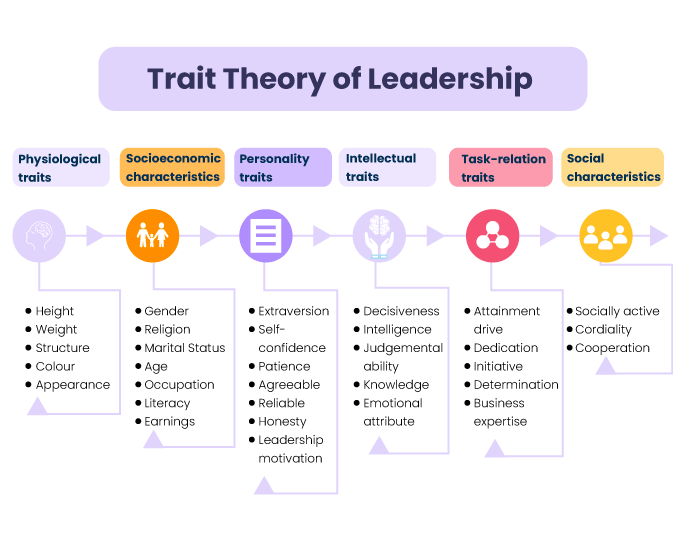
Visionary leadership is characterized by the ability to guide with clarity and purpose, inspiring and motivating followers to reach common goals. Visionary leaders create a positive work environment by articulating a clear vision and guiding their team towards it with unwavering confidence. They lead by example, demonstrating the values and behaviors they expect from their followers.
These leaders act as role models, inspiring and empowering their employees to strive for high performance. By setting high standards and holding themselves and others accountable, they create a culture of continuous improvement and achievement. Their ability to communicate a compelling vision and align the team's efforts towards it fosters a sense of purpose and direction, ultimately leading to higher engagement and commitment from their employees.
In essence, visionary leaders cultivate an environment where inspiration and motivation drive performance, and where each individual feels empowered to contribute to the common vision. Through their visionary leadership, they set the stage for success by setting a clear direction, creating a supportive and positive work environment, and inspiring their team to reach new heights.
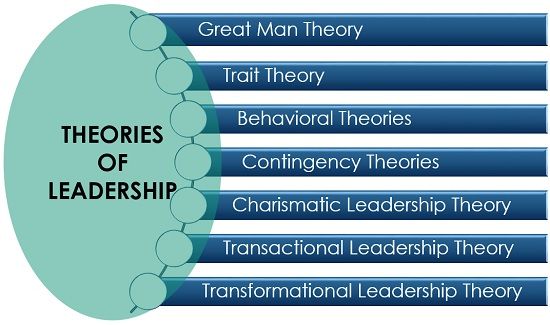
Developing your leadership style is a continuous process that requires self-reflection and intentional effort. Here are nine tips to help you develop your leadership style:
1. Assess your current leadership abilities: Take time to reflect on your strengths and areas for improvement as a leader.
2. Understand the organizational culture: Familiarize yourself with the values, norms, and practices within your organization to help shape your leadership approach.
3. Identify your desired leadership style: Determine the type of leader you strive to be and the impact you want to have on your team.
4. Build the required characteristics: Develop the necessary skills and traits to embody your desired leadership style, such as communication, emotional intelligence, and decision-making abilities.
5. Seek feedback: Regularly solicit input from your team, peers, and mentors to gain insights into your leadership styles and areas for growth.
6. Be authentic: Embrace your unique qualities and values as a leader while being genuine in your interactions with others.
7. Set clear expectations: Communicate your leadership style and expectations to your team, fostering transparency and trust.
8. Lead by example: Demonstrate the behaviors and qualities you expect from your team, serving as a role model for your desired leadership style.
9. Continuously learn and adapt: Stay open to new perspectives and ongoing development, allowing your leadership style to evolve over time. By following these tips and committing to personal growth, you can cultivate a strong and effective leadership style that positively impacts your team and organization.

Here are five key studies focusing on leadership theories that incorporate the requested keywords, each with a brief summary and a link to the original paper:
These studies provide a comprehensive overview of the development and application of various leadership theories, emphasizing the significance of traits, behaviors, situational and contingency factors, and the role of leadership training in enhancing leadership effectiveness.
The exploration of leadership theories offers a map to navigate the complex terrain of human behavior and organizational dynamics. For school leaders and business managers alike, a deeper understanding of these theories isn't just academic, it's a practical toolkit for everyday excellence. This article will serve as a guide, outlining various leadership theories and demonstrating their relevance to those at the helm of educational and corporate ships.
We'll embark on a journey through the traditional and contemporary schools of thought, from the inherent qualities of strong leaders as suggested by trait theories to the adaptable strategies of contingency theory. We'll delve into behavioral leadership theory, revealing how the actions of leaders can shape and steer the course of a team. Additionally, we'll dissect transactional leadership theory to understand the give-and-take dynamics that drive many management styles.

In the context of a school or business, understanding these theories is pivotal. An effective leader isn't just a title holder but a force that transforms visions into reality, especially in difficult or ambiguous situations. As we parse through each theory of leadership, we'll bridge the gap between the theoretical underpinnings and their practical applications, offering a balanced approach to leadership that resonates with both people-oriented leaders and goal-driven managers.

At the end of this article, you will have:
Transformational leadership can inspire change and innovation within an organization by emphasizing a compelling vision, providing inspiration, and intellectually stimulating their team members. By articulating a clear and cohesive vision, transformational leaders align their team members towards a common goal, encouraging them to think creatively and embrace new ideas.

Additionally, they inspire and motivate their team through their passion, enthusiasm, and positive attitude, which fosters a culture of innovation and continuous improvement. Finally, they challenge their team members to think critically and creatively, nurturing their intellectual stimulation and personal growth.
One notable example of a successful transformational leader is Steve Jobs, who revolutionized the technology industry with his visionary leadership at Apple. Jobs' unwavering commitment to innovation and his ability to inspire his team members resulted in groundbreaking products such as the iPhone and iPad, transforming the way we interact with technology.
Transformational leadership differs from other styles such as transactional or autocratic leadership by prioritizing vision, inspiration, and intellectual stimulation over reward or punishment. Its potential benefits include driving organizational change, fostering a culture of innovation, and maximizing the potential of team members through empowerment and motivation.
Transactional leadership is characterized by its emphasis on clear structure, efficient operations, and performance-based rewards. This leadership style promotes adherence to established procedures and guidelines, ensuring that tasks are completed efficiently and effectively. Transactional leaders establish clear goals and expectations, and they provide guidance and direction to their team members to ensure that these goals are met.
The emphasis on reward in transactional leadership is evident through the use of contingent rewards, where employees are rewarded for meeting specific performance standards. This incentivizes employees to work towards achieving set goals and targets, thereby improving organizational effectiveness. The use of rewards also encourages employees to be accountable for their performance and to strive for continuous improvement.
The focus on efficiency is a key component of transactional leadership, as leaders prioritize meeting targets and deadlines in a timely and organized manner. This ensures that organizational operations run smoothly and effectively, ultimately contributing to the overall success of the organization.
In summary, transactional leadership promotes adherence to established procedures and performance-based rewards, while also improving organizational effectiveness through its emphasis on structure, reward, and efficiency.

Servant leadership is a leadership style that prioritizes the needs and well-being of others. Key principles of servant leadership include putting the needs of others first, fostering the personal and professional growth of those under their leadership, and serving as a mentor and supporter. Servant leaders focus on empowering their team members and providing them with the resources and support they need to succeed.
In creating a positive and productive work environment, a servant leader fosters open communication, trust, and collaboration among team members. They actively listen to their team, empathize with their struggles, and work to remove any obstacles that may hinder their success. This leadership style differs from traditional methods in that it emphasizes the personal development and success of others over the pursuit of power and individual success.
By focusing on the well-being and growth of their team members, servant leaders create a more motivated, engaged, and productive work environment. They build strong, supportive, and loyal teams that are committed to achieving collective success. Ultimately, servant leadership is about leading by example and embodying humility, empathy, and a genuine concern for the well-being of others.
Situational leadership is a leadership theory that emphasizes the need for leaders to adapt their style to the needs of their team. This means that leaders should not have a one-size-fits-all approach, but instead, they should assess the development level of their team and the task at hand in order to determine the most effective leadership style.
For example, when a team is at a beginner level in a specific task, a leader may need to adopt a more directive style, providing clear instructions and closely supervising the team. As the team becomes more experienced and skilled in the task, the leader can transition to a more participative style, involving the team members in decision-making and problem-solving.
In contrast, when a team is highly experienced and capable, the leader can take on a more delegative style, giving the team members autonomy and trusting them to make decisions independently.
By recognizing the development level of their team and the requirements of the task, leaders can adjust their leadership style to provide the necessary support and guidance, ultimately leading to improved team performance.

Authentic leaders build trust and inspire followers through their transparency and ethical behavior. They create a work environment where employees feel respected, listened to, and valued. This foundation of authentic leadership is rooted in the leader's personal development and life story. By being true to themselves and sharing their experiences, authentic leaders foster genuine connections with their followers, building trust and loyalty.
Furthermore, authentic leaders activate transformational leadership by demonstrating a strong moral compass and a clear vision for the future. Their ability to inspire and motivate others stems from their genuine commitment to ethical behavior and their ability to communicate openly and honestly. This creates a sense of purpose and direction within the organization, driving positive change and growth.
In conclusion, authentic leadership is characterized by transparency, ethical behavior, and a commitment to personal development. This approach fosters trust, inspires followers, and creates a work environment where employees feel respected, listened to, and valued.
Charismatic leadership is a leadership style in which a leader utilizes their personal appeal and charm to influence and inspire others. Charismatic leaders often possess traits such as confidence, sociability, and initiative, which draw others to them and make them appear as strong and capable individuals.
This leadership style impacts the work environment by creating a sense of excitement and energy among employees. Charismatic leaders are often able to articulate a clear vision and inspire others to work towards common goals. They also tend to foster a positive and motivating work environment through their infectious enthusiasm and passion for their work.
Employee motivation is also significantly impacted by charismatic leadership, as employees are often inspired to perform at their best by the charismatic leader's ability to connect with them on a personal level and make them feel valued and important. The traits associated with charismatic leadership, such as confidence and sociability, also help in building strong and trusting relationships with employees, encouraging a sense of loyalty and dedication to the organization.

Participative Leadership Theory emphasizes the importance of team input in decision-making. In this approach, leaders involve team members in the decision-making process to gather diverse perspectives and promote collective involvement. Leaders facilitate discussions by creating a supportive and inclusive environment where team members feel comfortable sharing their ideas and opinions. This open communication allows leaders to gather input from the team, considering all viewpoints before making a decision.
The decision-making process of participative leaders typically involves several steps. Firstly, leaders define the problem or decision at hand and involve the team in brainstorming potential solutions. Then, leaders gather input from team members through group discussions, meetings, or surveys to gain a comprehensive understanding of the issue. After evaluating the input received, leaders make the final decision based on the collective involvement of the team.
This approach fosters a collaborative environment, promotes creativity, increases team satisfaction, and ultimately leads to more effective and supported decisions. In summary, participative leaders recognize the value of team input in decision-making and actively involve their team throughout the process.
Emotional intelligence, often considered an underrated leadership skill, refers to the ability to recognize and understand one's own emotions and the emotions of others. Effective leadership requires more than just technical expertise; it also demands strong emotional intelligence.
Leaders with high emotional intelligence possess crucial skills such as empathy, effective communication, and sound decision-making. Empathy allows leaders to understand and connect with their team members on a deeper level, fostering trust and creating a supportive work environment. Effective communication is essential for conveying a vision, providing feedback, and resolving conflicts. Sound decision-making, grounded in emotional intelligence, involves considering the feelings and perspectives of others.
The impact of emotional intelligence on team dynamics and organizational performance is significant. Leaders who are emotionally intelligent are better equipped to manage conflicts, navigate challenges, and motivate their teams towards shared goals. This ultimately leads to improved collaboration, engagement, and overall performance within the organization.
To summarise, emotional intelligence is a crucial component of effective leadership, encompassing skills such as empathy, communication, and decision-making. Leaders who prioritize and develop their emotional intelligence are better positioned to inspire and guide their teams towards success.

Visionary leadership is characterized by the ability to guide with clarity and purpose, inspiring and motivating followers to reach common goals. Visionary leaders create a positive work environment by articulating a clear vision and guiding their team towards it with unwavering confidence. They lead by example, demonstrating the values and behaviors they expect from their followers.
These leaders act as role models, inspiring and empowering their employees to strive for high performance. By setting high standards and holding themselves and others accountable, they create a culture of continuous improvement and achievement. Their ability to communicate a compelling vision and align the team's efforts towards it fosters a sense of purpose and direction, ultimately leading to higher engagement and commitment from their employees.
In essence, visionary leaders cultivate an environment where inspiration and motivation drive performance, and where each individual feels empowered to contribute to the common vision. Through their visionary leadership, they set the stage for success by setting a clear direction, creating a supportive and positive work environment, and inspiring their team to reach new heights.

Developing your leadership style is a continuous process that requires self-reflection and intentional effort. Here are nine tips to help you develop your leadership style:
1. Assess your current leadership abilities: Take time to reflect on your strengths and areas for improvement as a leader.
2. Understand the organizational culture: Familiarize yourself with the values, norms, and practices within your organization to help shape your leadership approach.
3. Identify your desired leadership style: Determine the type of leader you strive to be and the impact you want to have on your team.
4. Build the required characteristics: Develop the necessary skills and traits to embody your desired leadership style, such as communication, emotional intelligence, and decision-making abilities.
5. Seek feedback: Regularly solicit input from your team, peers, and mentors to gain insights into your leadership styles and areas for growth.
6. Be authentic: Embrace your unique qualities and values as a leader while being genuine in your interactions with others.
7. Set clear expectations: Communicate your leadership style and expectations to your team, fostering transparency and trust.
8. Lead by example: Demonstrate the behaviors and qualities you expect from your team, serving as a role model for your desired leadership style.
9. Continuously learn and adapt: Stay open to new perspectives and ongoing development, allowing your leadership style to evolve over time. By following these tips and committing to personal growth, you can cultivate a strong and effective leadership style that positively impacts your team and organization.

Here are five key studies focusing on leadership theories that incorporate the requested keywords, each with a brief summary and a link to the original paper:
These studies provide a comprehensive overview of the development and application of various leadership theories, emphasizing the significance of traits, behaviors, situational and contingency factors, and the role of leadership training in enhancing leadership effectiveness.